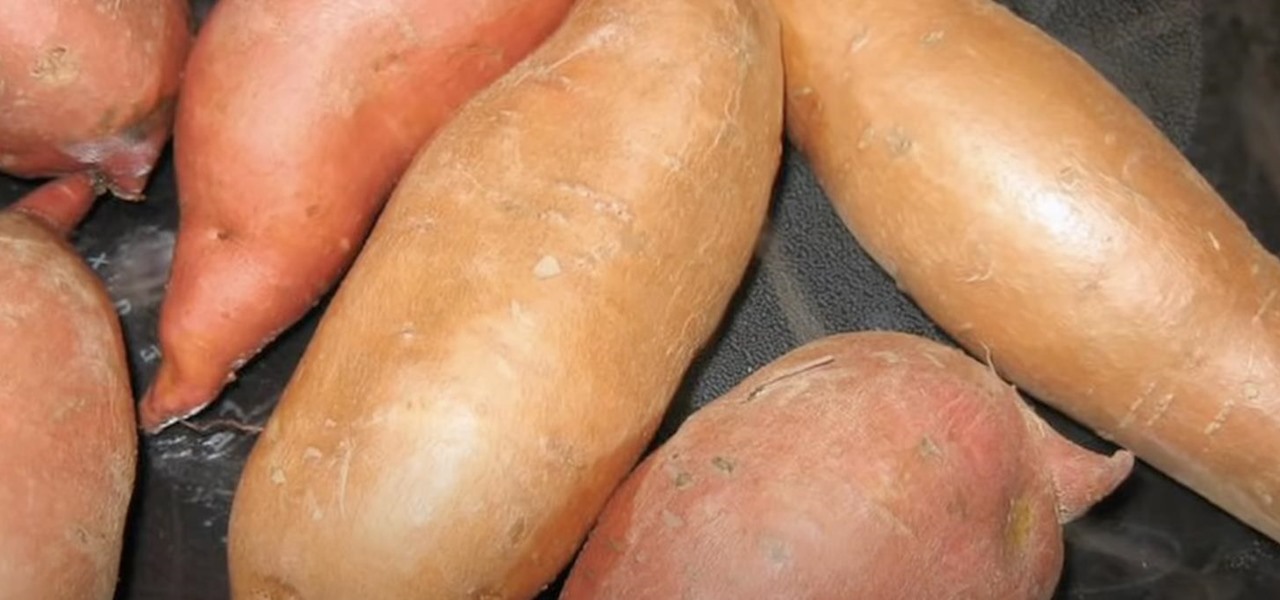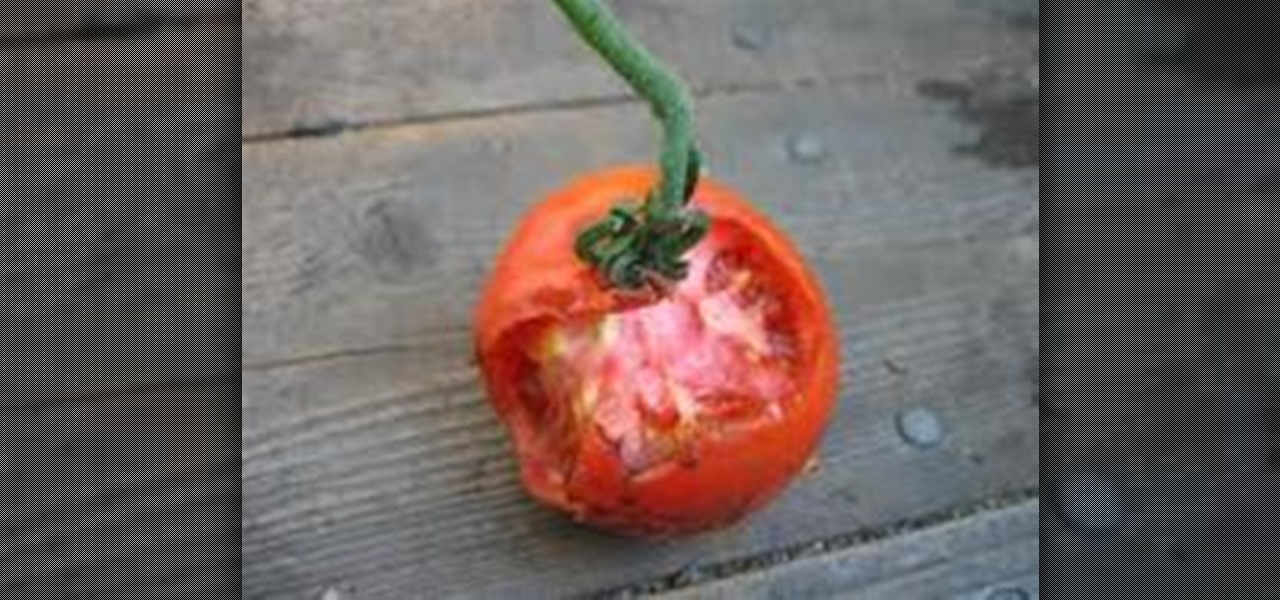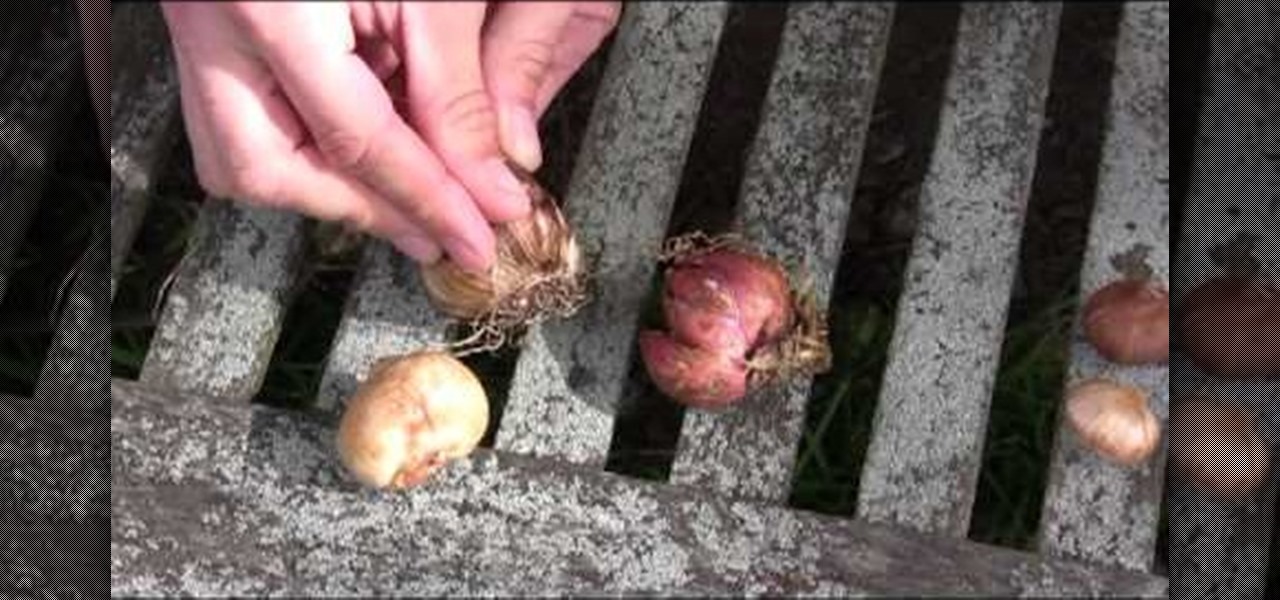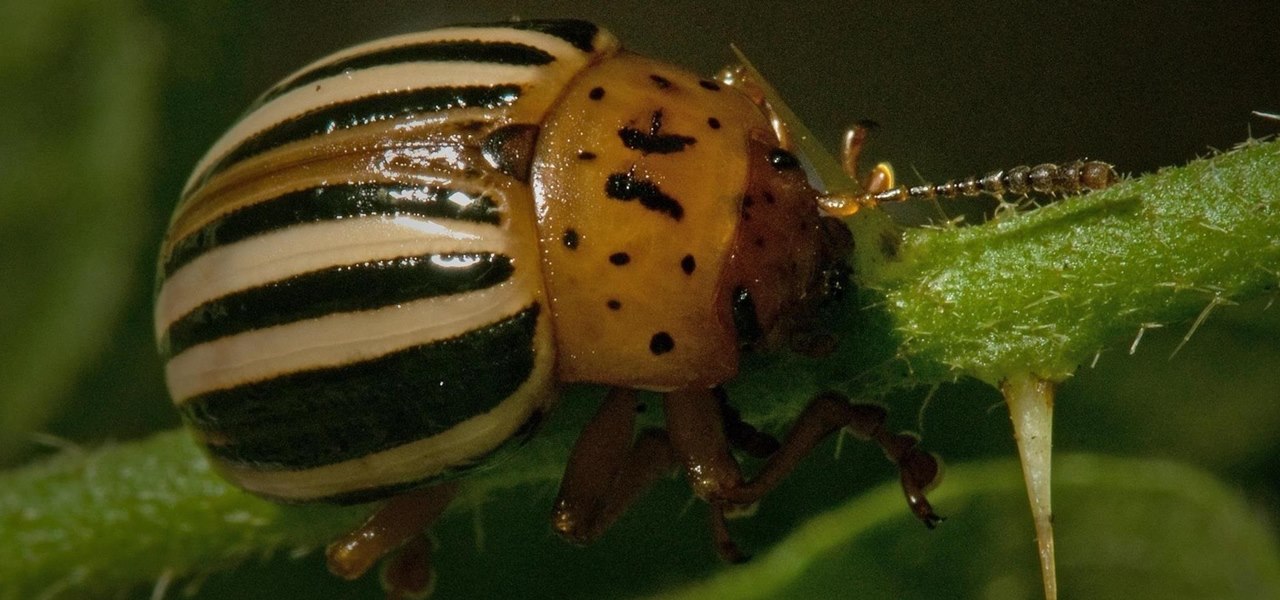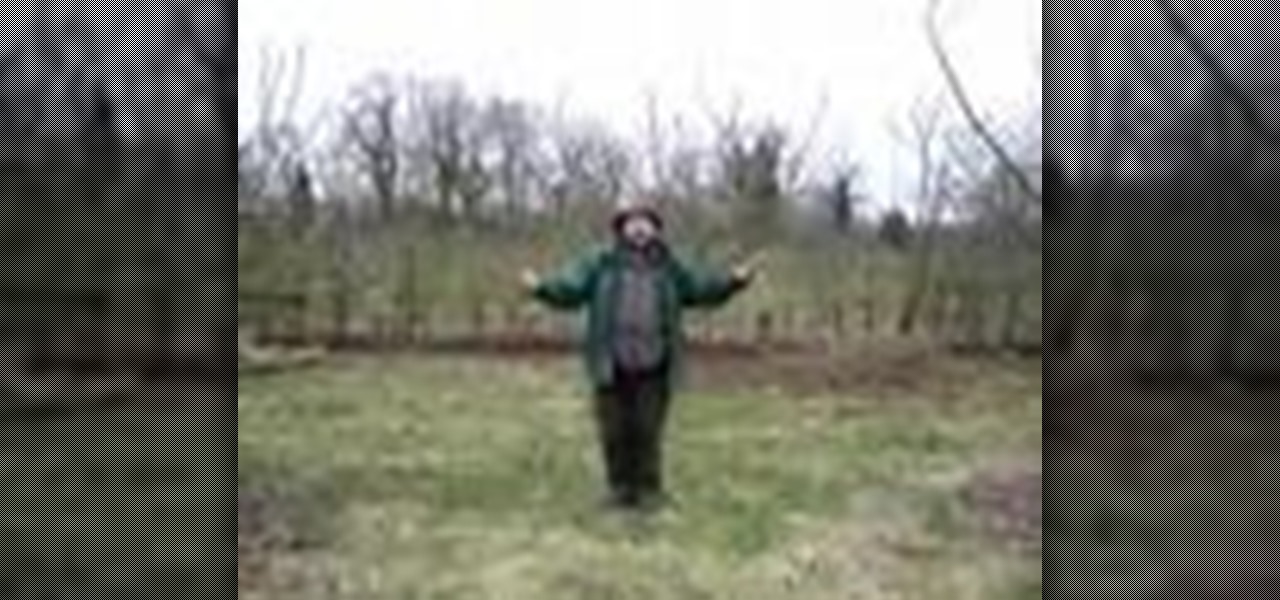Hot Gardening Posts

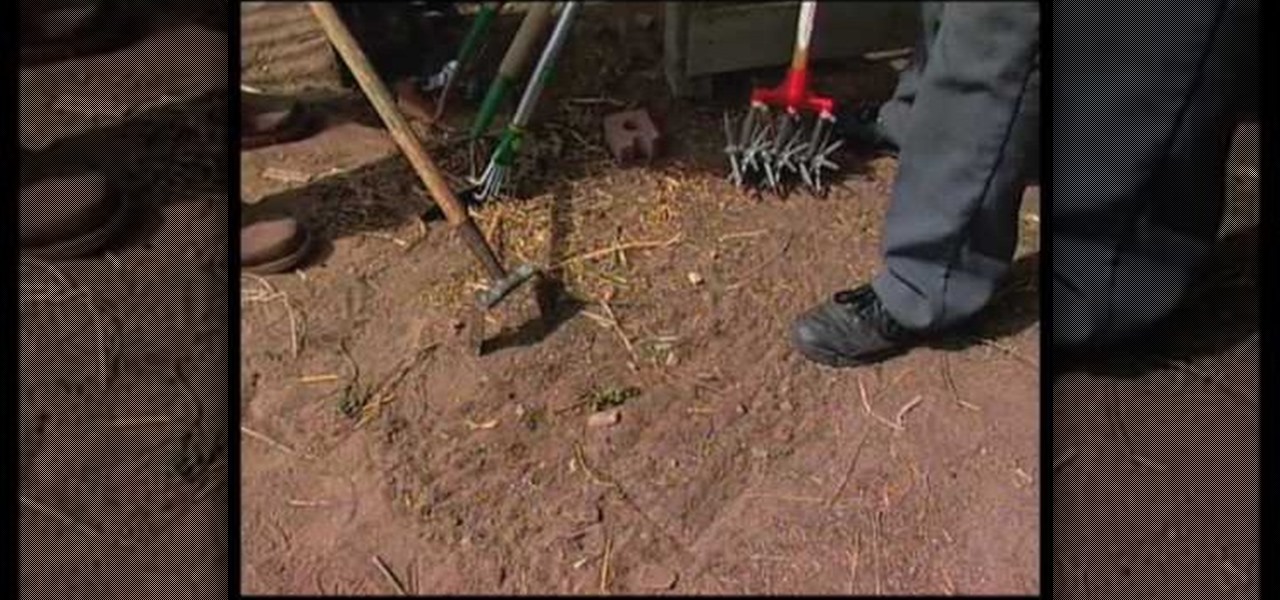
How To: Pick the right tool for weeding the garden
This is a "Southwest Yard and Garden" episode that details the proper selection of gardening tools for fighting seasonal weeds. Horticulturist and host Curtis Smith takes us to meet with Ron Jobe, an Albuquerque Master Gardener, to discuss the options available for such a task. Ron covers the various conditions a gardener is faced with, including the soil and the weeds themselves. Some suggested tools are: the Wing Hoe, Skimming Hoe, Raker, Pointed Hoe, and Stirrup Hoe. The use of each is off...
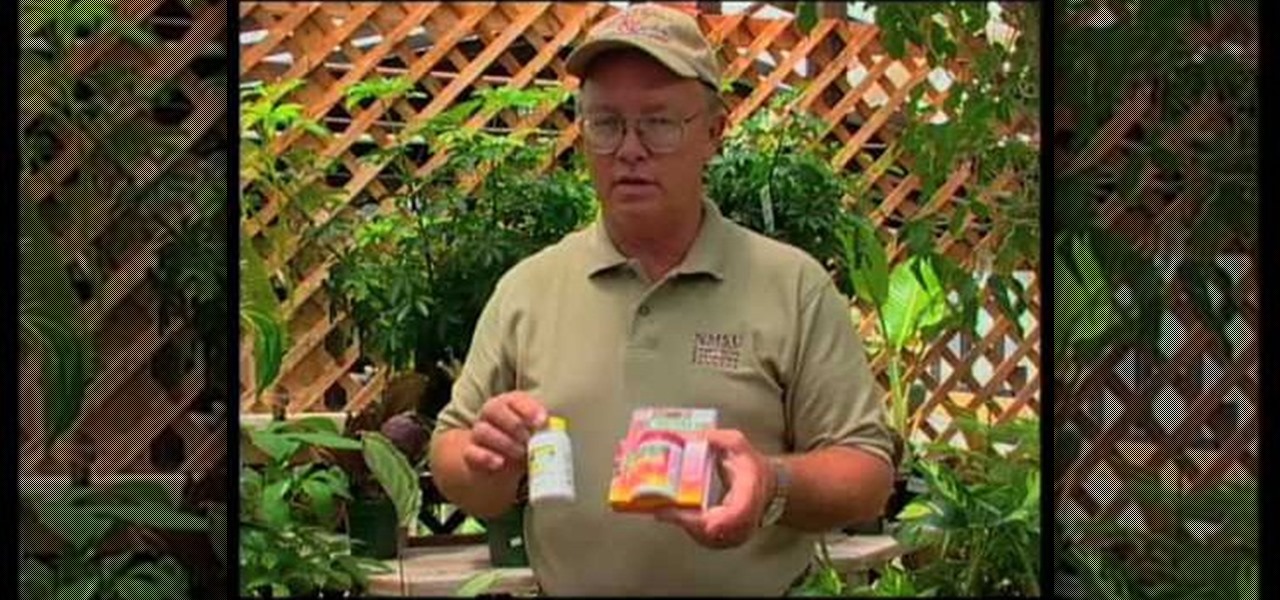
How To: Propagate your favorite houseplants
John White discusses how to propagate houseplants. You will need a potting mix called a “soilless” mix, which contains only vermiculite, perlite and peat moss. In addition you will need a sharp knife, a pruner and a weeding hormone to help induce root growth on the cuttings.
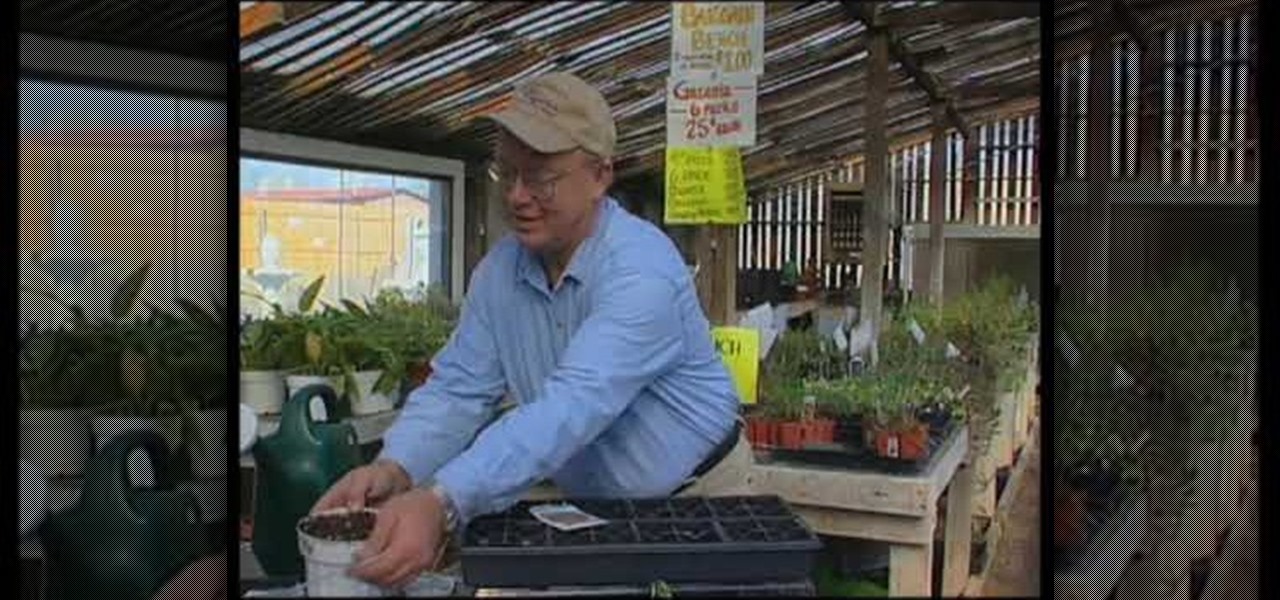
How To: Start tomato plants from seed
This video is a tutorial on how to start growing tomato plants from seeds. The instructor first explains that it is important to make sure your seeds are fresh and within the proper date frame and that you pick a good artificial soil mix for proper growth. The tutorial goes over a few different fertilizer products that you can choose from, yet they are not completely necessary for growth if the soil is of a high quality. The instructor then fills plastic mini pots with soil and then uses a pe...
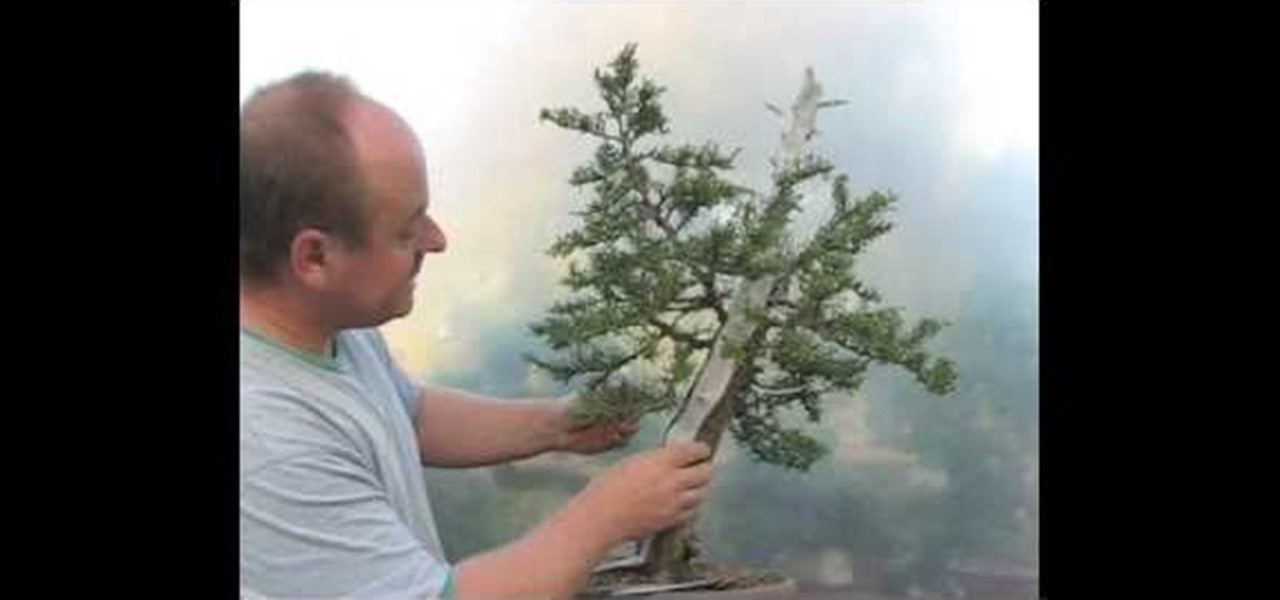
How To: Do simple bonsai styling
Graham Potter of Kaizen Bonsai shows Bonsai beginners how to make interesting trees from relatively available materials. He first details the history of the specific tree he will be working on. He points out that this specific specimen has small, compact foliage, branches that support itself, craggy bark, and a nice taper in the trunk. He begins to shape the tree by cutting the small amounts of foliage that are dead or weak as well as the foliage grows beneath the branches. He then uses hand ...

How To: Plant spring-blooming bulb flowers in the autumn
Martyn Cox show us how to plant spring bulbs. You want to begin with bulbs that are firm, with intact skin. You don't need a garden to grow these; you can put them in a pot. If using a terracotta pot, you need to cover the hole in the bottom with another piece of terracotta, to prevent leakage. Next, you add in the compost, breaking up any lumps. For most bulbs, plant them about three times their depth. The flat side is the bottom. You can plant a few together, but make sure they aren't touch...

How To: Grow and care for tuberous begonias in your garden
In this video tutorial, viewers learn how to grow a tuberous begonias. It is recommended to pot the tuberous begonias in the early spring of March. Begin by removing the tuberous from it's bad and discard any packing material. Be gentle and do not remove the buds. Select a small pot that is slightly larger than the tuberous begonias and fill the pot 2/3 with well drained soil less potting mix. The carefully place the tuberous rite-side up in the potting mix and cover it with more mix. Water t...
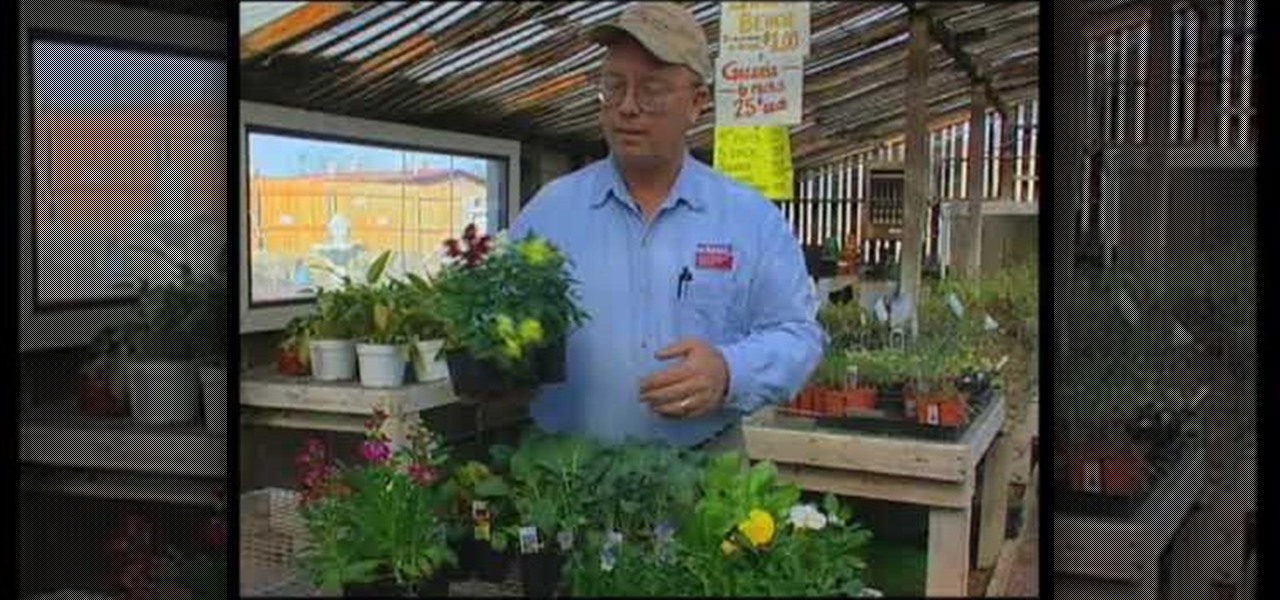
How To: Choose cool weather veggies & flowers for your garden
The presenter, John White, explains how to choose and transplant cold weather vegetables and flowers in this video. The first vegetable he identifies is spinach. He suggests ensuring that the plant has been "hardened off" when buying transplants from the nursery. Next John presents leaf lettuce, broccoli, Brussels sprouts, and Swiss chard as some additional vegetables. He does remind the watcher to consult the plant labels for all the spacing information they may need. Moving on to flowers, J...
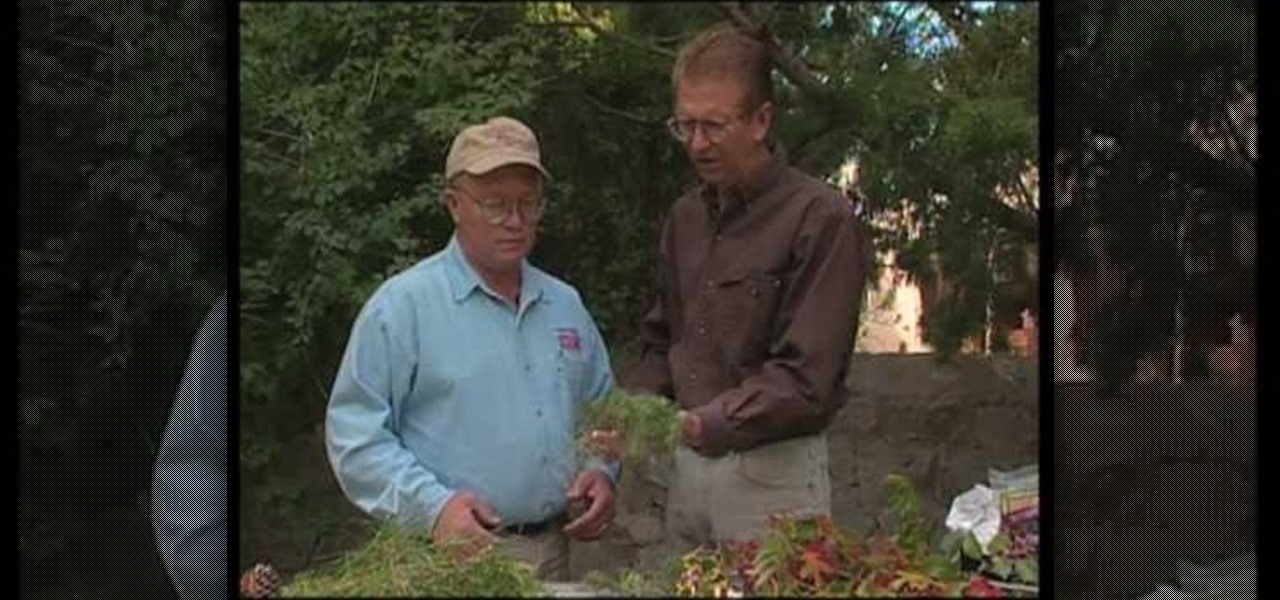
How To: Identify problems with evergreen trees
This will illustrate us how to identify problems with evergreen trees. Here are the following steps:Step 1: First of all look for all the evergreen trees.Step 2: Now look for the problems that is whether there is any fungal or bacterial infection occurring.Step 3 : Now look for the climatic requirements as well as the water requirement for the plant.Step 4: Look whether the conditions are available to your surroundings or not.Step 5: Also find out whether the soil type is idle for the plant g...

How To: Grow Juniper bonsai from cuttings
First of all you have to take the branch of the juniper tree. You can do this activity in the early spring which is the months of February and March. Take a very sharp knife and then peel the bark until you see green color. You have to tear the bark down until you see the greenery below the bark and that greenery is called cambium which is extremely thin. You have to use your knife to remove any kind of knots from the bark. Now you have to dip it in the “RooTone” which is a rooting hormone an...
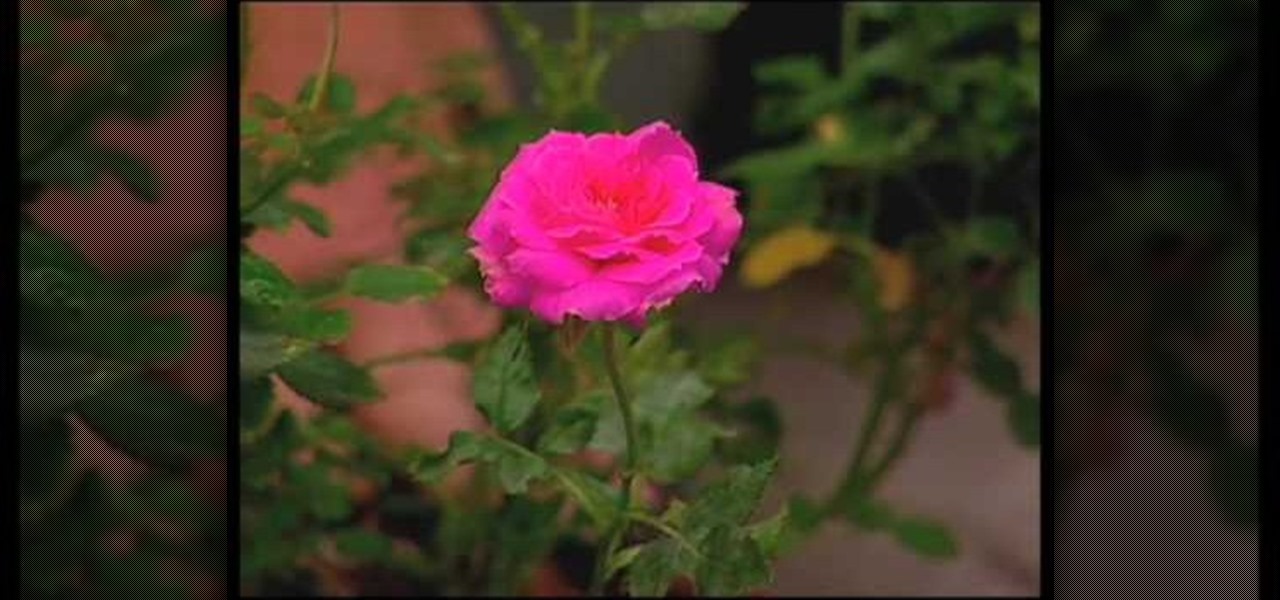
How To: Braid a ficus tree & grow a miniture rose
In this video, a man answer questions sent in by viewers, about various plants. First he covers how to braid a ficus tree trunk. To do that you must grow the trees close together, then trim off the bottom limbs, and braid the trunks. Next he talks about growing miniature roses indoors. Miniature roses must be carefully watches for mold, insects, and over-exposure to sunlight when grown indoors. Then he answers a question about carnivorous plants. He covers the Venus fly trap, and demonstrates...

How To: Care for your garden In March by applying insecticides
In this Home & Garden video tutorial you will learn how to care for your garden In March by applying insecticides. John White presents this video. During this time roses get a good growth and along with growth come aphids. For tackling aphids you can a variety of insecticides. One such insecticide is called Rose Defense whose main ingredient is ‘neem’ which comes from the neem tree. You can also use Rose Food insecticide. This is also the time to fertilize rose plants since they will be getti...
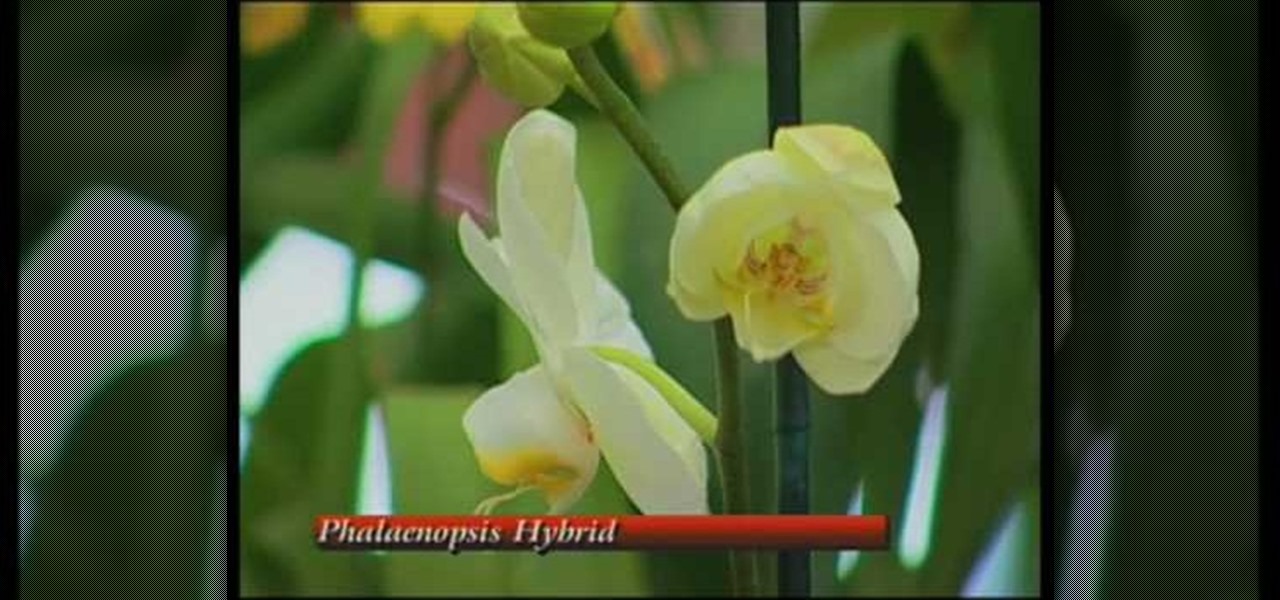
How To: Pick out easy orchids to grow for your home
Curtis Smith, Extension Horticulturist with Southwest Yard and Garden, and Rick Hobson of Rowlands Nursery, demonstrate how to pick out orchids for your home. Dendrobium Phalaenopsis orchids are very graceful with its long spray and is a very popular orchid. They make great starter orchids because they are easy to grow. They will bloom year after year. They come in a variety of shades and petal broadness. Phalaenopsis Hybrids are also successful plants to grow in the home. They will bloom fro...

How To: Protect your fruit trees during the month of August
During the month of August you should be taking steps to protect your trees from bugs and insects. Especially if you have stone fruits which are peaches, cherries, apricots, plums and almonds. To do this you will need to treat around the entire base of the tree with an approved insecticide. This will prevent the insects from laying eggs in your tree. A copper fungicide with dormant oil should be used to treat any bacterial infections that might arise and be a sign that your tree is in distres...
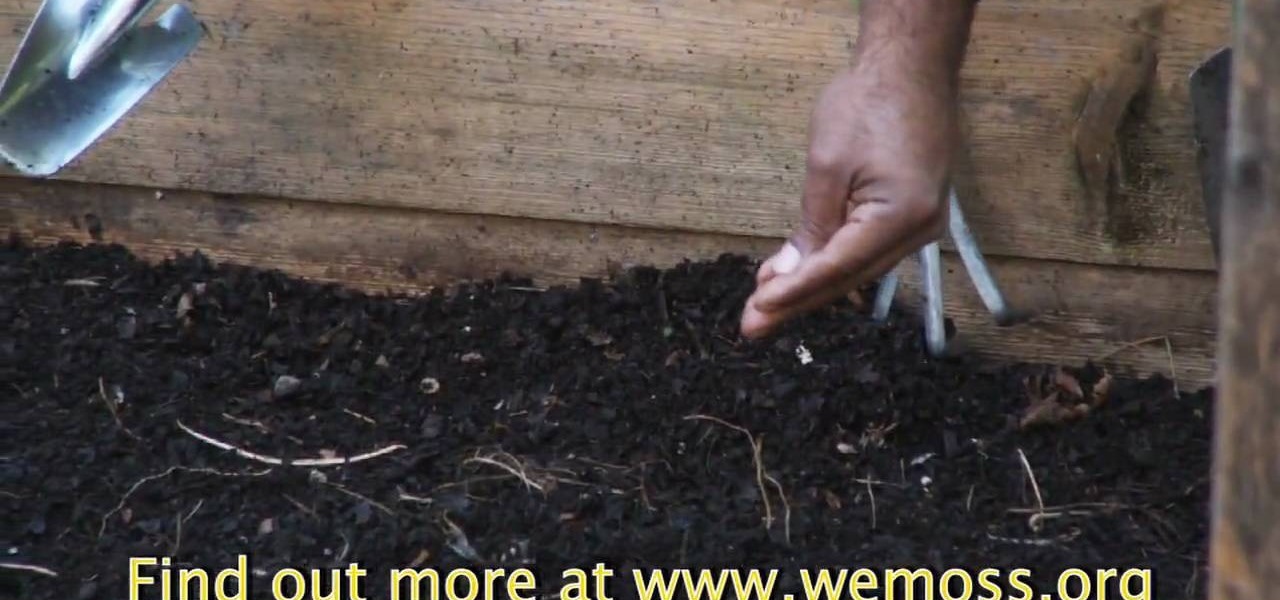
How To: Sow seeds in a raised bed garden
This video describes how to have a raised garden bed. You can use your raised garden bed for most all vegetables. They are using this one for winter vegetables and early spring ones. A good hint was to line 3 seeds up end to end and that is the depth you need to plant them. Lettuce was the vegetable that was shown. Thinning out the bed is very important as not to crowd the plants. A point made was that you can eat the ones that you thin out or use them in a compost pile. Keeping the seedlings...
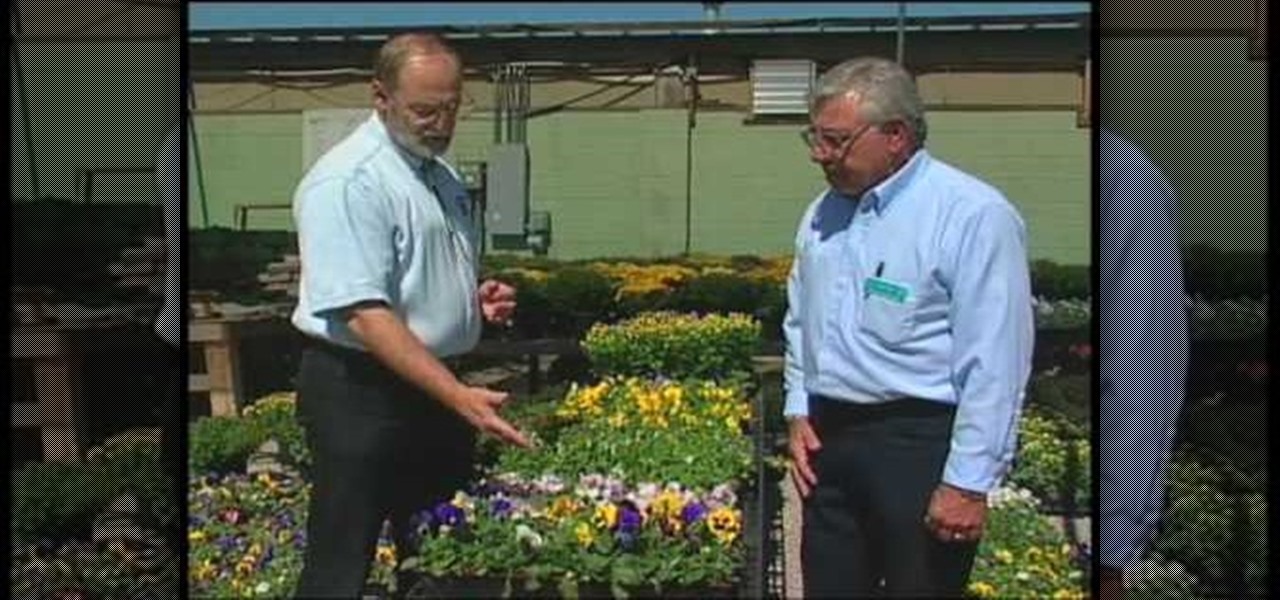
How To: Choose pansies, chrysanthemums & asters
Curtis Smith and Jim Sais describe how to choose pansies, chrysanthemums and asters. Pansies are very small plants and they come in different varieties and sizes such as dancing bears . The face of the pansies is very exact and the right fertilizer will cause them to grow successfully. Amended soil will work best for pansies. Chrysanthemums are spectacular plants and they can be used in containers as well. They signify a fair well to summer. When they are finished blooming, you should be able...
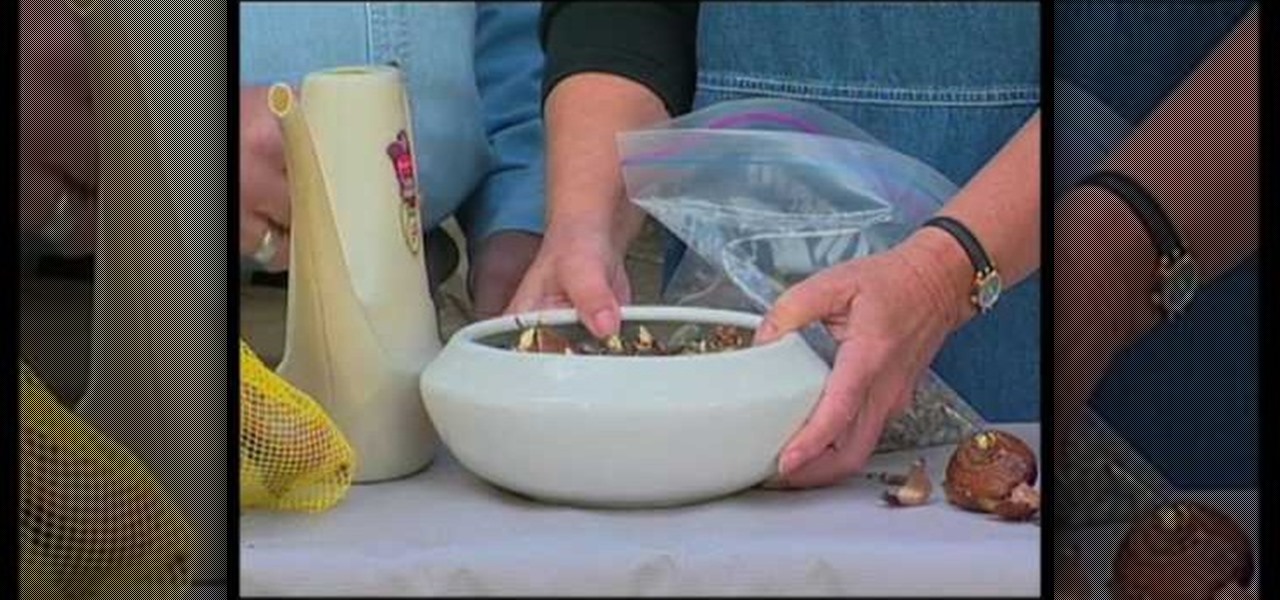
How To: Force flower bulbs to bloom
This video explains how to force flower bulbs to bloom. The instructor first takes a pot and fills the bottom of it with gravel, which then the bulbs are placed right on top of the set gravel. The rest of the bowl is filled with polished show rocks mid way up the bulb to set them properly inside the pot so they are unable to move freely. The instructor then explains that using the gravel and rock filling forces the bulbs to bloom faster then with standard potting soil. The instructor explains...
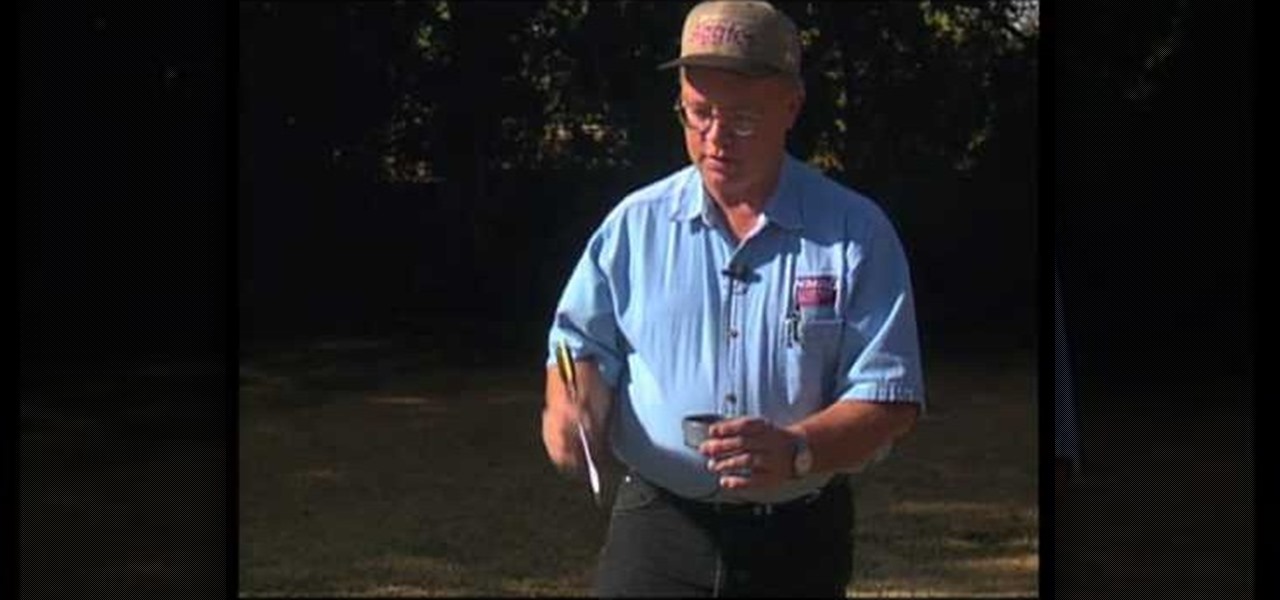
How To: Test lawn irrigation systems
In this Home & Garden video tutorial you will learn how to test lawn irrigation systems. John White presents this video. This is done by a simple can test. Take a few cans of the same size with vertical walls and flat bottom. Place them around the sprinkler head at different distances and make sure they are horizontal. This will show whether the sprinkler is spreading water evenly. Then you can time it and measure the amount of water. This way in future, you will know how long to run the syst...
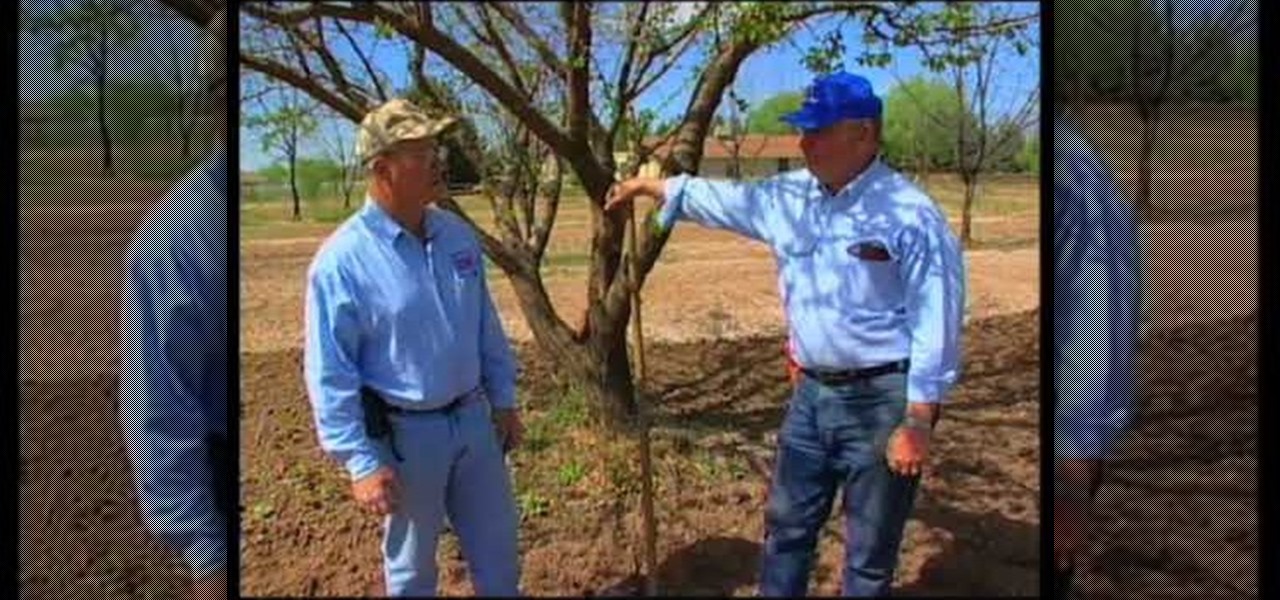
How To: Choose fruit trees
Doña Ana County Extension Agent John White and Master Gardener Benny Knudsen look at stone fruit trees on their tour of the "Garden of Weeden". The Mariposa Plum, the dwarf Stella Sweet Cherry, Elberta Peach, Tilton Apricot and the almond tree (which also belongs to the stone fruit family) are featured in this segment of Southwest Yard and Garden series. The suitability of these trees for a small garden is mentioned. Besides this, also discussed is the problem of late frost and its effect on ...
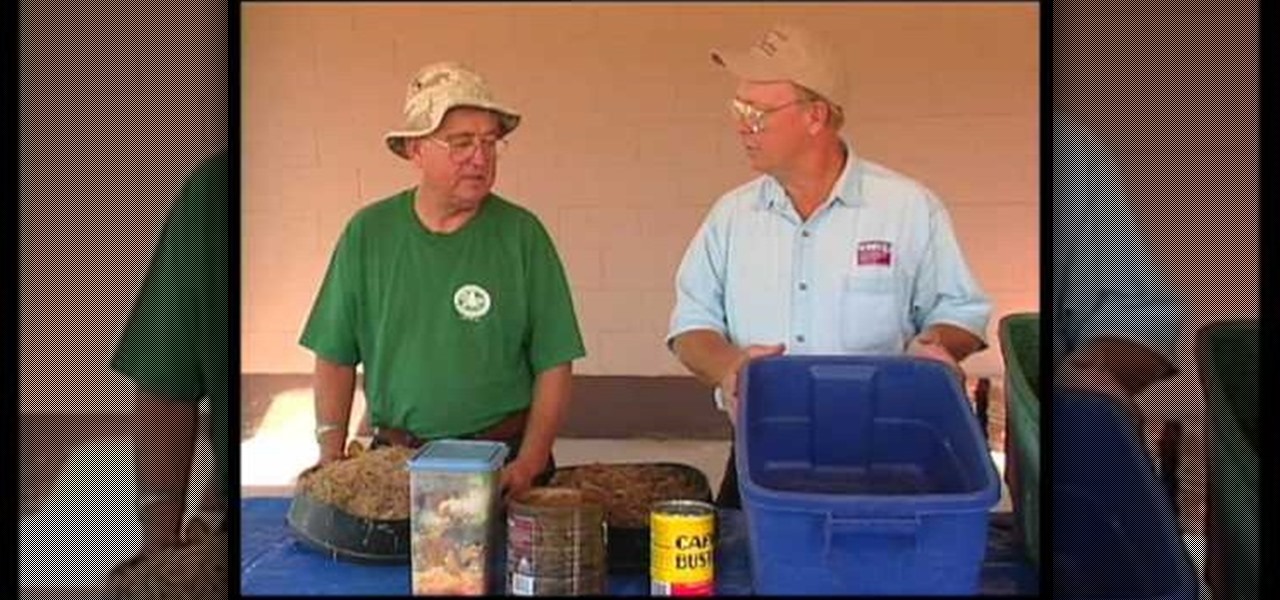
How To: Make vermicompost using kitchen and garden scraps
How to Make Vermicompost.
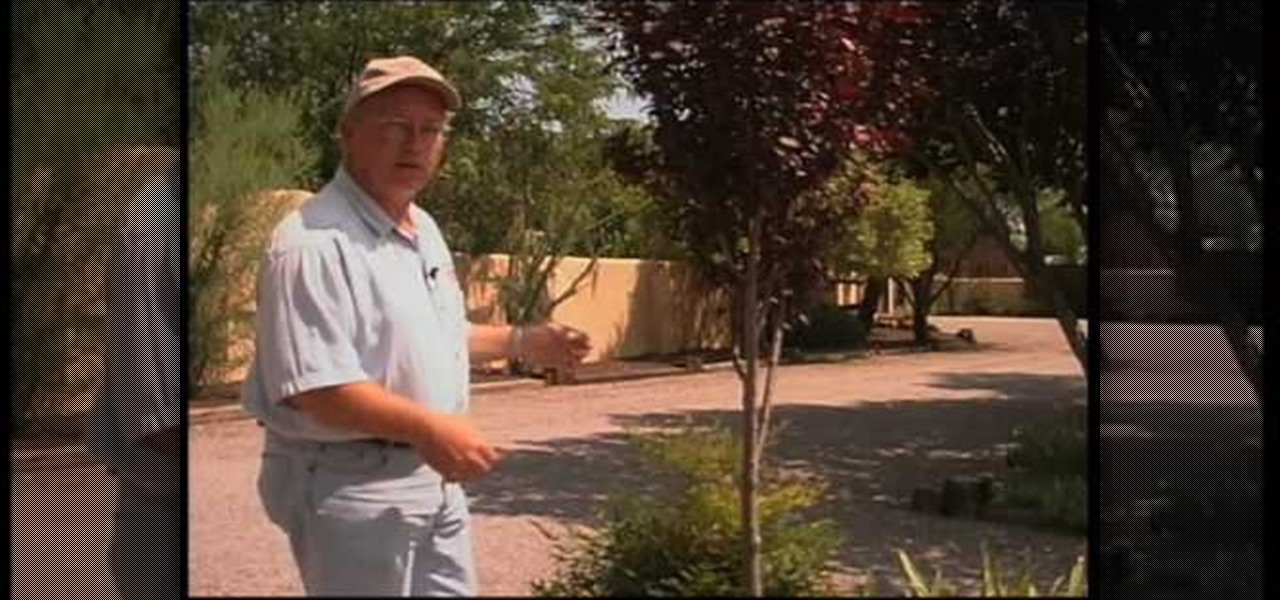
How To: Identify common tree problems
For new landscapes people tend to generally plant the new 'purple leaf plum' trees in a square shaped small plots. They also plant some small plants around it to make it look good. However when the tree grows older it needs to spread its roots. At that time these plants may try to hinder the trees roots growth. Therefore it is advisable remove them once the tree starts growing bigger. Then you can also add water to the roots by spreading it around the area of the tree.Whenever there is proble...

How To: Identify problems with Iris and crabapple trees
Lillis only flower for one day. They look ugly when dead you can use your finger nail to pop them off. Trim your trees often. Pull your dead leaves. Heat is not good for your plants. When your cutting you crab trees back go down a few branches of leaves before you cut. Yellow breasted sap suckers are not good for your trees. They also cut in a straight line. Crab apple trees have barks that naturally peel off, there is nothing wrong with that tree. Just watch out for the bugs because they can...
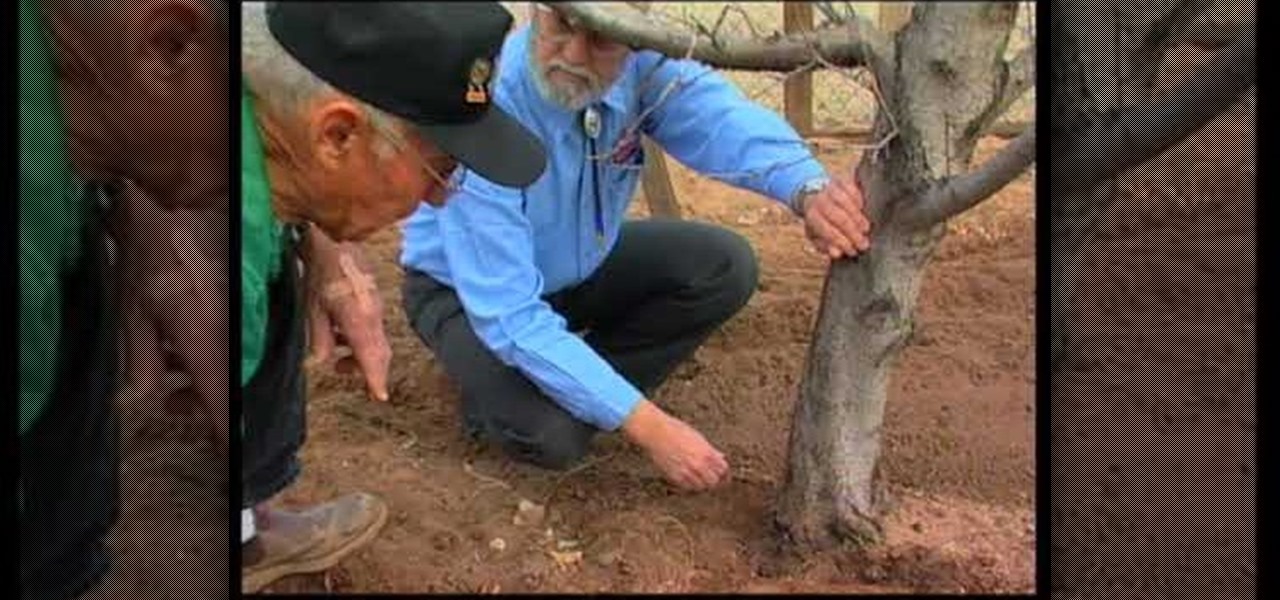
How To: Identify problems with the peach tree borer
This video explains how to identify problems with the peach tree borer. The video begins with a peach tree shown with bore issues below the dirt line on the trunk. The instructor then explains that most of the pesticides used for this problem are no longer available and that most people have turned to more organic pesticides to solve the problem. The video then explains that you must first clean all the bore and dirt away before trying to apply pesticides to the tree. After the bore holes hav...

How To: Power carve a bonsai
Carving a bonsai tree can be an interesting and rewarding experience. One may think that the tree would be injured in this process, however the process can actually strengthen the health of the tree. The first step when carving a bonsai is to reduce the height of the tree to about one meter. The necessary tools required consist of: a high speed grinder, a rotary cutter, and a weasel. The rotary cutter is good for removing large amounts of wood. Before beginning to cut the tree look at the tre...

How To: Identify if you have aphids and webworms on mesquites
The video shows how to effectively be aware and get rid of possible webworms or aphids on your mesquites so they won't get damaged later. Here, John White invited Annete Peterson to show how to do so. She starts by informing from what she saw that many mesquites from her neighborhood have deformed leaves and mainly several of them have stripped branches at the tips of the trees. He explains that one of the problems is a webworm on the leaf of the mesquite, and it eats the leaves of the plant ...
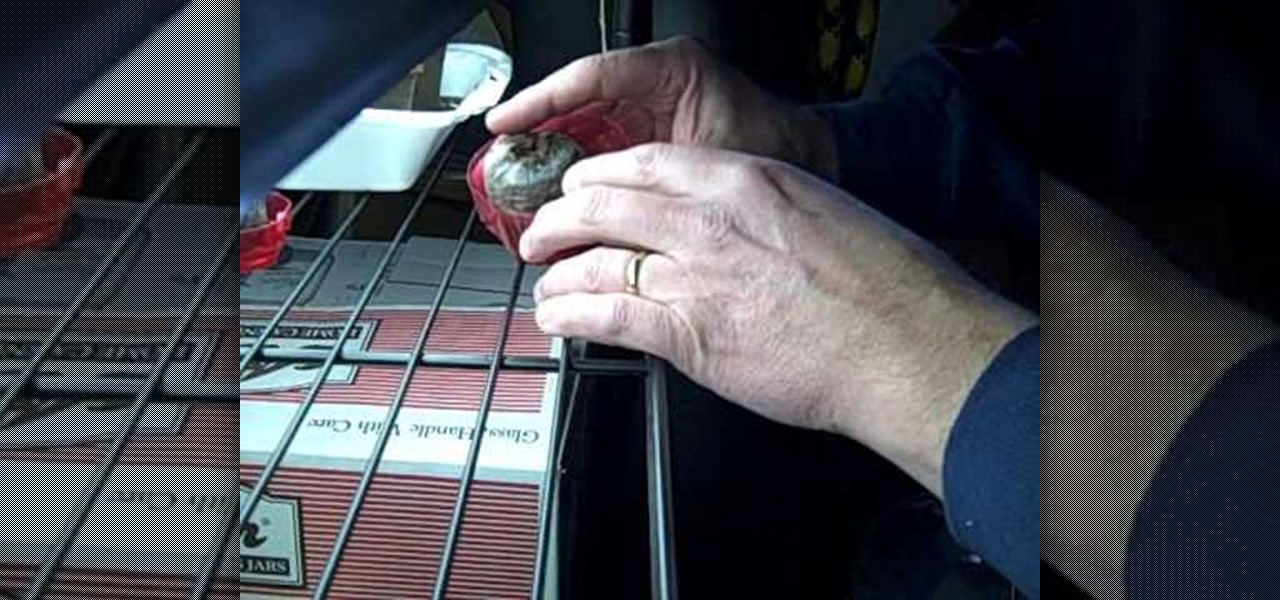
How To: Start seeds in pellets for a small kitchen garden
In this video Daniel Gasteiger demonstrates how to make a kitchen garden by planting seeds in pellets made of compressed peat moss. If the seeds are to be replanted outside this needs to be started 4 to 6 weeks before the last frost.
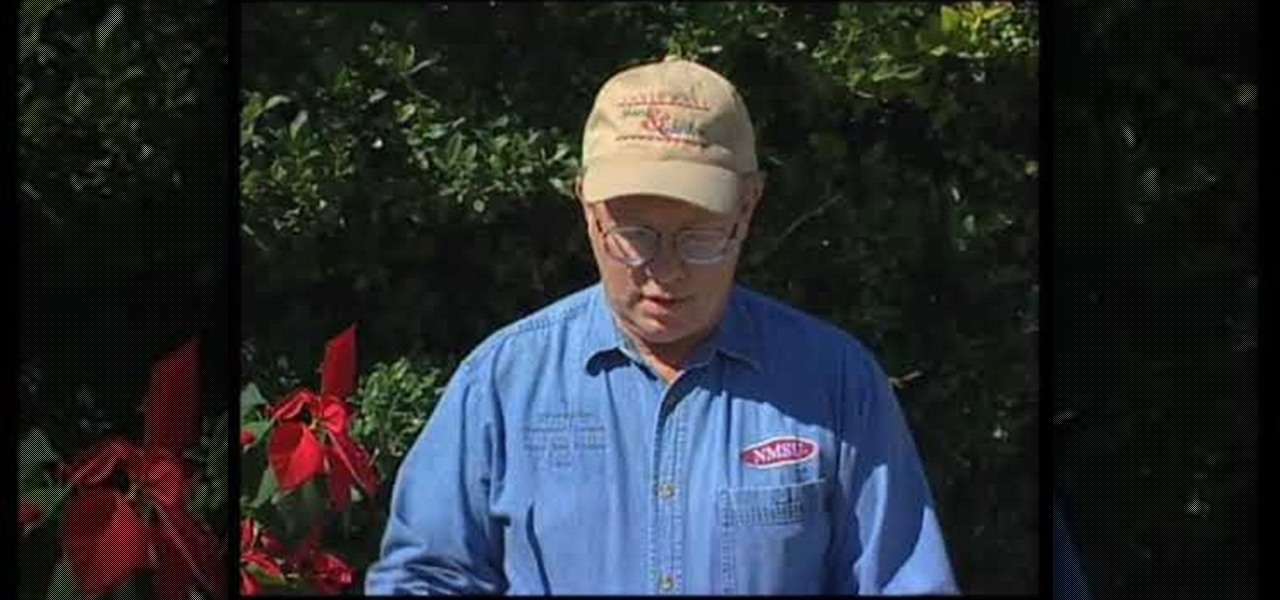
How To: Identify problems with poinsettia, ligustrum & pecans
Some of the new poinsettia plants will continue to "bloom" year round, but others need a little encouragement. The blooming is actually leaves of the plant itself. One way of forcing it to change color is to withhold fertilizer and/or light for a time, then put it back into a sunny location and it will begin to bloom. The video also addresses spots on Ligustrum plants. It has to do with cold weather in the winter and lack of nitrogen. There's not much you can do about winter damage, but ferti...

How To: Choose the right evergreen tree for your landscape
In this video from nmsuaces we learn about choosing the right evergreen tree for your landscape. Upright Junipers are very good for the landscape. A topiary pruned juniper is something that the homeowner can maintain in the spiral form it is. An Austrian black pine is good for lower types of settings and low end soils. A Tanyosho pine can get to be about 10-12 feet and that would fit many landscapes. A Japanese black pine is a fast growing tree, and grows twisting an irregularly. Deodor Cedar...
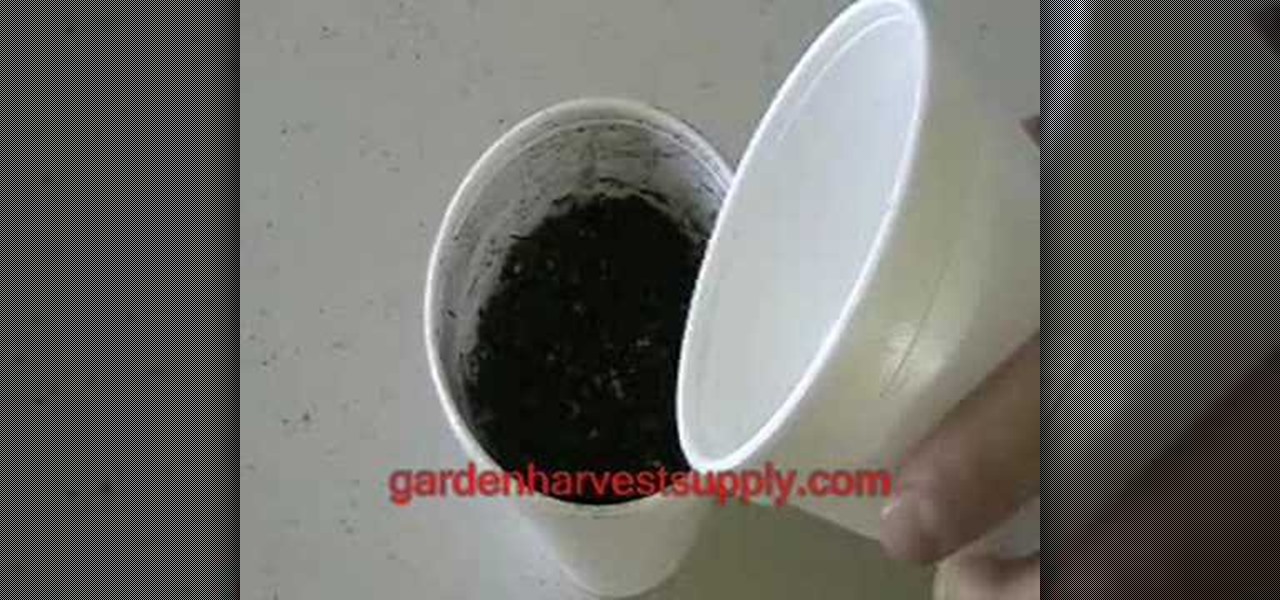
How To: Germinate a seed in a small cup
This video is how to germinate a seed in your home using as an example, a watermelon seed. Take a container and fill it about three quarters full with potting soil. You could use a Styrofoam cup, for example. Now take a seed or several seeds and put it on top of the soil. Cover the seeds with soil that is about three times the size of the seed. Press lightly on the soil. We the container soil with some water. Then place the container in a sunny and warm location in your home until it starts g...

How To: Build a unique terraced garden
In this episode of Southwest Yard and Garden Curtis Smith shows you how to turn a steep slope into a usable garden. By building walls along the slope using serpentine designs he shows you how to obtain a compromise of both strength and artistic design. Starting with a good concrete footer and rebar you can construct a retaining wall strong enough to hold the weight of the slope. Materials such as wood and railroad ties can be used but may not stand the test of time as the weight of the soil c...
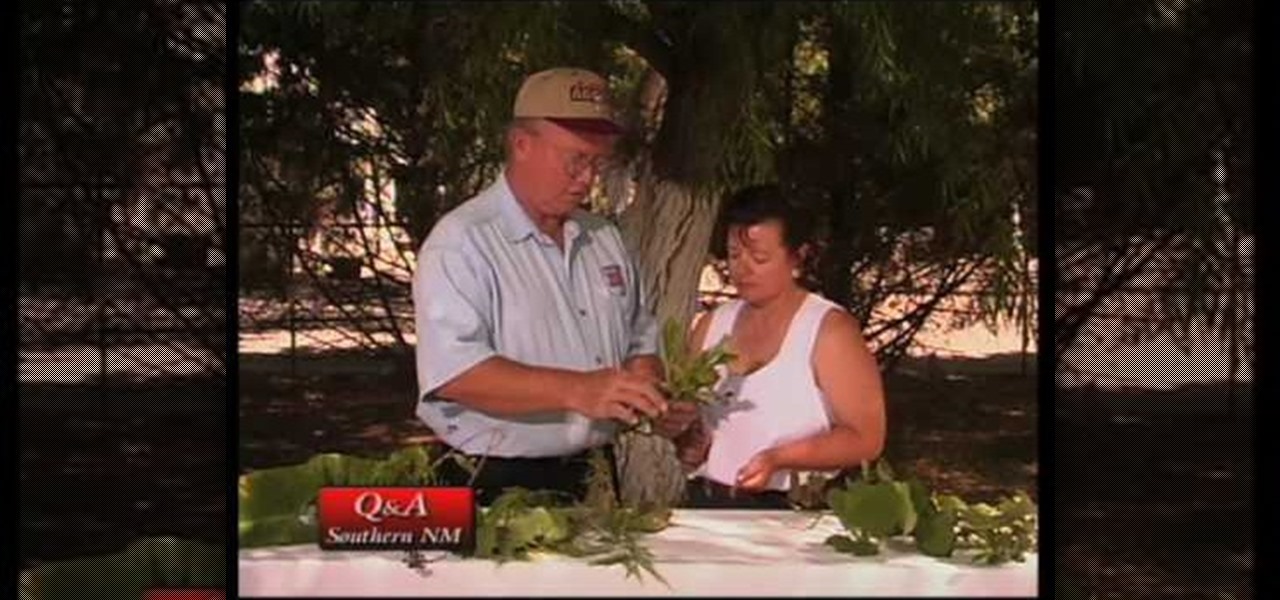
How To: Identify and problems with the red bud, & catus trees
Do you wonder if what you are seeing on your trees or plants is a problem, or simply natural? John White and Lois Pierce discuss various issues with Manzanitas, Red Buds, Viburnums, Mexican Buckeyes, and Cacti.
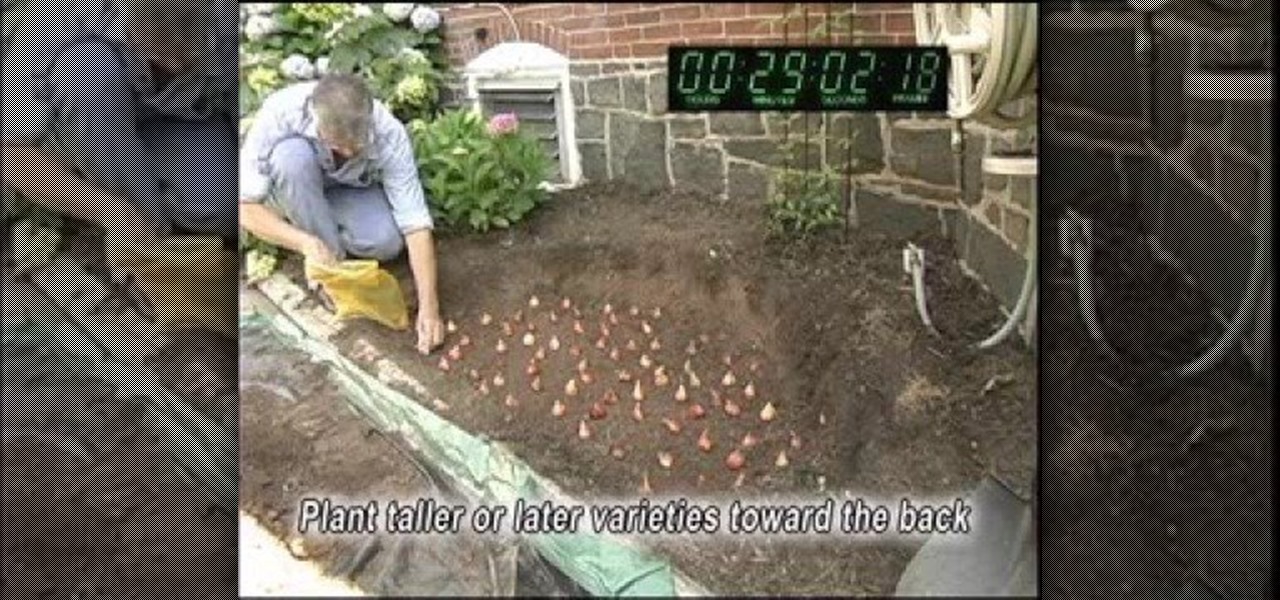
How To: Plant 100 tulip bulbs in 50 minutes
This video shows that it is possible to plant 100 tulip bulbs in less than 50 minutes, and it is easier and less expensive than you think.

How To: Make healthy compost with five key ingredients
Rosalee de la Foret shows how to achieve this by adding five ingredients. First you'll need airflow. To achieve this choose large sticks of branches that normally fall from trees. Cross them while placing them on the ground. The second ingredient is water. You'll need to keep it watered, but not to the point of muddy but not dried out. The third ingredient is heat. If layered appropriately with the components, you'll have a warm pile. You'll also need nitrogen. Anything green in the pile equa...
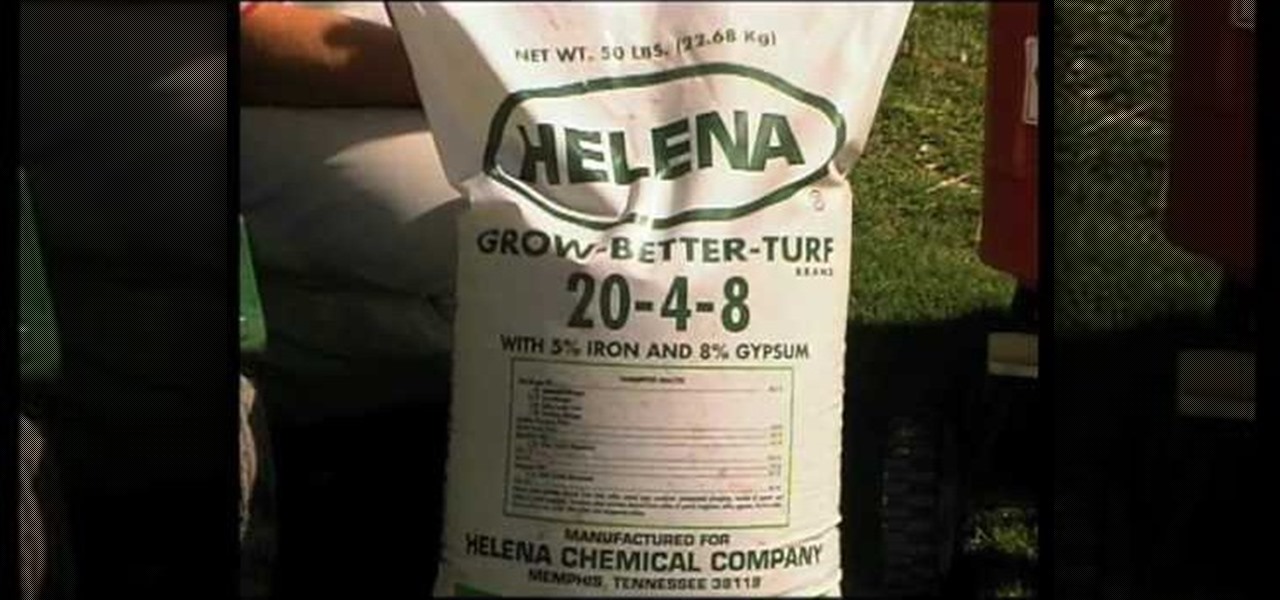
How To: Fertilize bermuda grass lawns
Watch Southwest Lawn and Garden's John white and Dr. Bernd Leinauer Discuss the importance of Bermuda grass lawn fertilization and the correct techniques involved. You'll learn how to interpret the meaning behind the fertilizer label, and why a complete fertilizer, including nitrogen, phosphorus and Potassium. Along with how to calculate much fertilizer to use per square foot, You'll learn how each important nutrient helps your lawn, and why having the correct balance is so important. Most im...
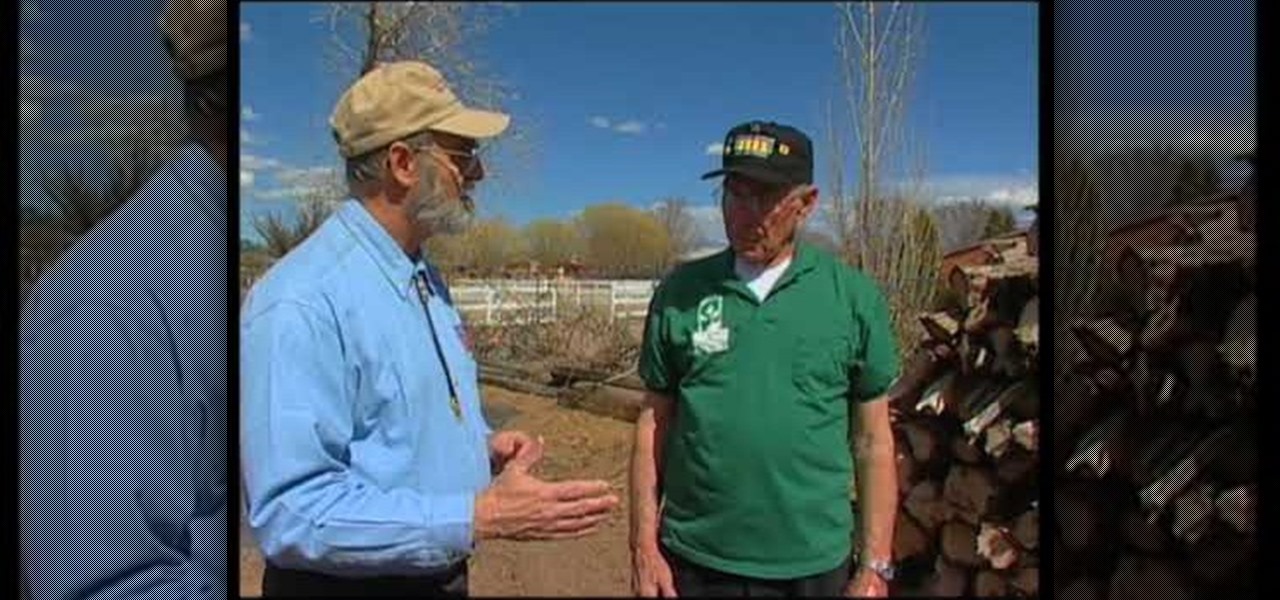
How To: Create tomato cages from concrete wire
Curtis Smith, an extension horticulturist talks about using cages for your tomato plants. He says that some people like to stake tomatoes, some like to cage them and some even just let their tomato plants sprawl. He talks to a local gardener who has built his own tomato cages out of concrete wire. The gardener shows his cages, which he built 10 years ago and they still look sturdy today. Curtis gives a few tips like wrapping the cages with a special fabric that lets air and light through, but...
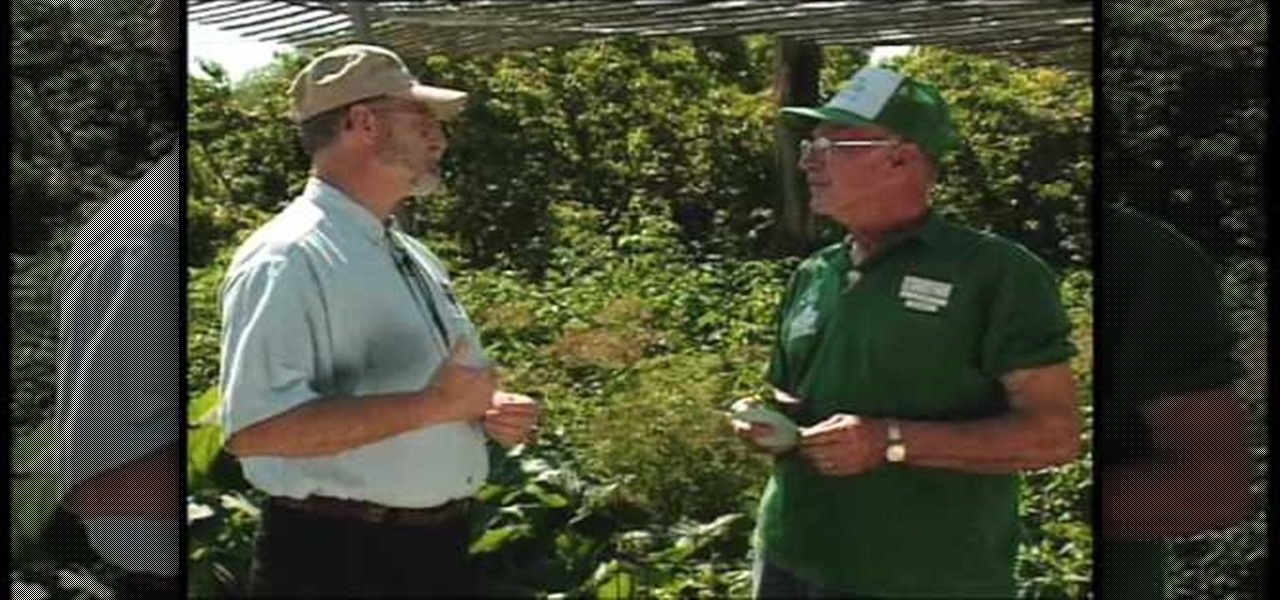
How To: Build a shaded vegetable garden
This video explains how to build a shaded vegetable garden. The instructor begins the video my explaining the benefits using a shaded garden as it offers protection from hail, heavy rains and gives you the ability to control the outdoor temperature better. The simplest way to build your shaded building is to place large wood forms into the ground and place wood planks over the top of each and nailing them into place. The entire frame is then covered with a plexiglass roofing to keep out rain ...
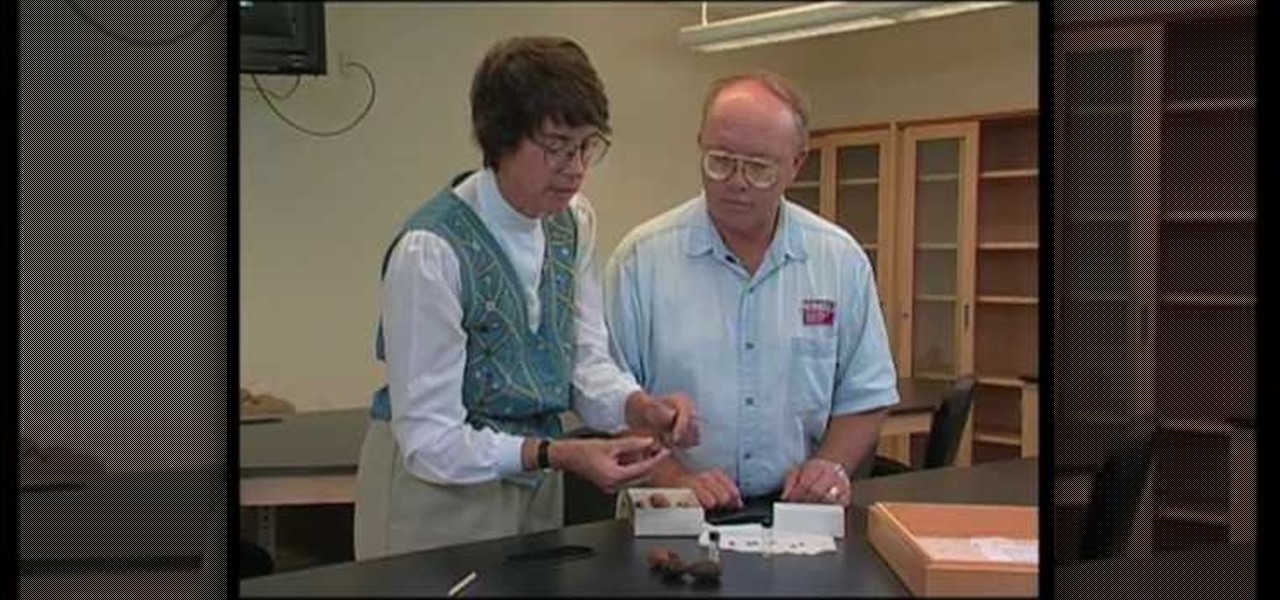
How To: Identify pecan weevil problems
In this Home & Garden video tutorial you will learn how to identify pecan weevil problems. John White presents this video along with Carol Sutherland, extension entomologist. After pecan is infected with pecan weevil, it has the potential of spreading in the entire area. The indication of pecan weevil infection is an opening on the crust of the pecan which may or may not be a perfect circle. But, on the nuts the holes are perfect circles. There is usually one hole on the nuts; though sometime...

How To: Plant dahlia flowers in your garden
After receiving your dahlia tuber in the mail, dig a hole where you want the flowers to bloom in your garden. It should be big enough to place the whole tuber into and be completely covered by dirt. Before planting your tuber, you need to find where the head is. Find where the stalk was last year. When placing it in the ground, make sure the stalk is pointing up. After planting, your tuber should be flowering in about 4 weeks. Because the wind and rain can be tough on your flowers, it's a goo...
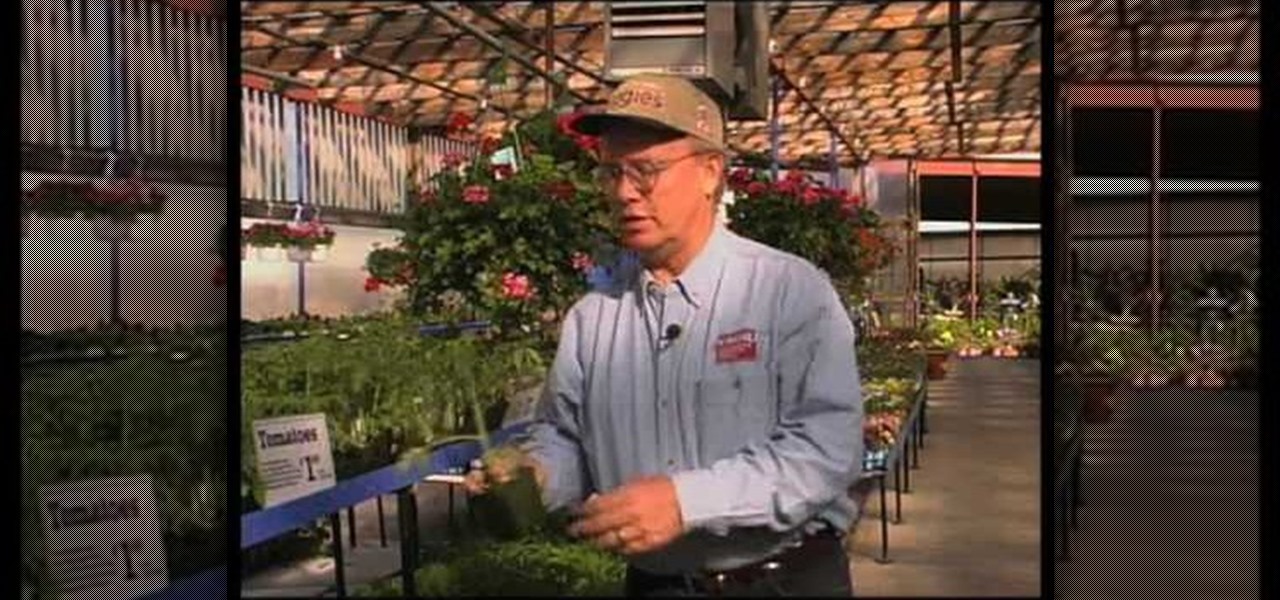
How To: Pick plants and trees at a nursery
How to pick plants and trees at a nursery
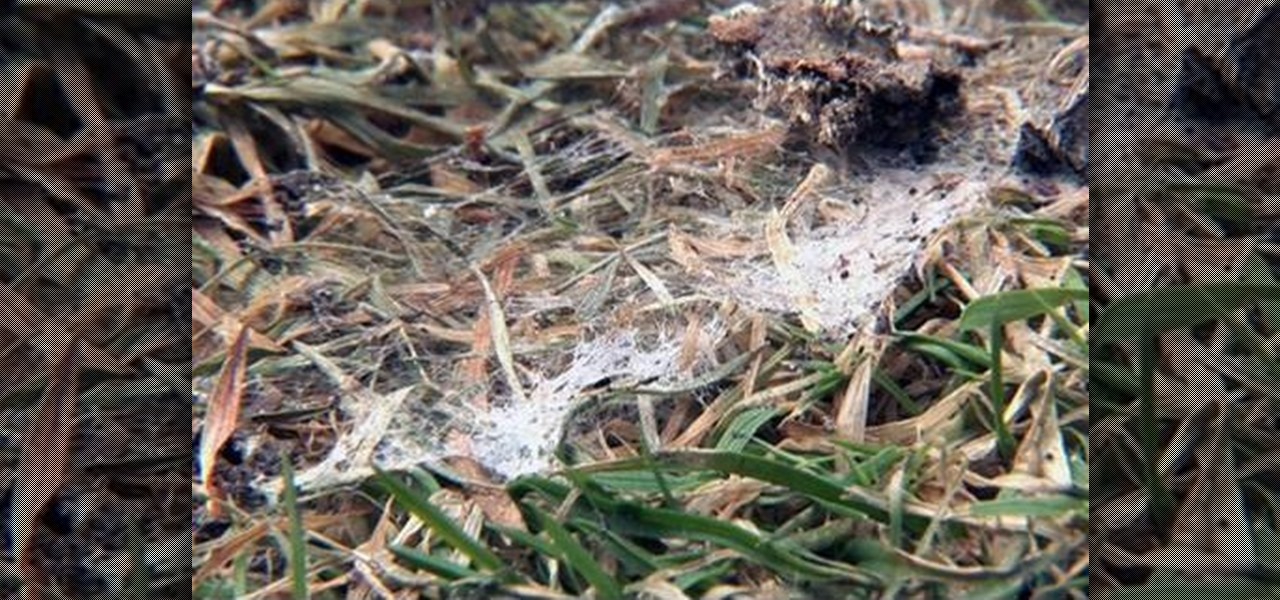
How To: Identify and treat snow mold
snow mold occurs in round patches of grass in the lawn. The patches contain a fussy substance (the mold), that appears in grey or pink; the most dangerous of the two. Mold is formed whenever a lot of snow is left on the lawn for a long period of time, this causes the mold to grow underneath. Late fertilization with a lot of nitrogen promotes mold. Dead grass or thatch can cause mold to develop. Gently raking allows airflow into the grass and promotes new grass growth. The putting down of gras...

How To: Propagate raspberries and blackberries
In this video, an expert gardener explains how to propagate raspberries and blackberries.To propagate, you normally need a small rooted cutting. The expert recommends that you soak the roots in water with a bit of root stimulator for about 15 minutes. Also, he says that the cutting should be planted in earth with compost and phosphorous fertilizer to help to roots grow better. When the earth is well mixed, you make a small hole, place the root in side and bury it, pressing the soil around the...



